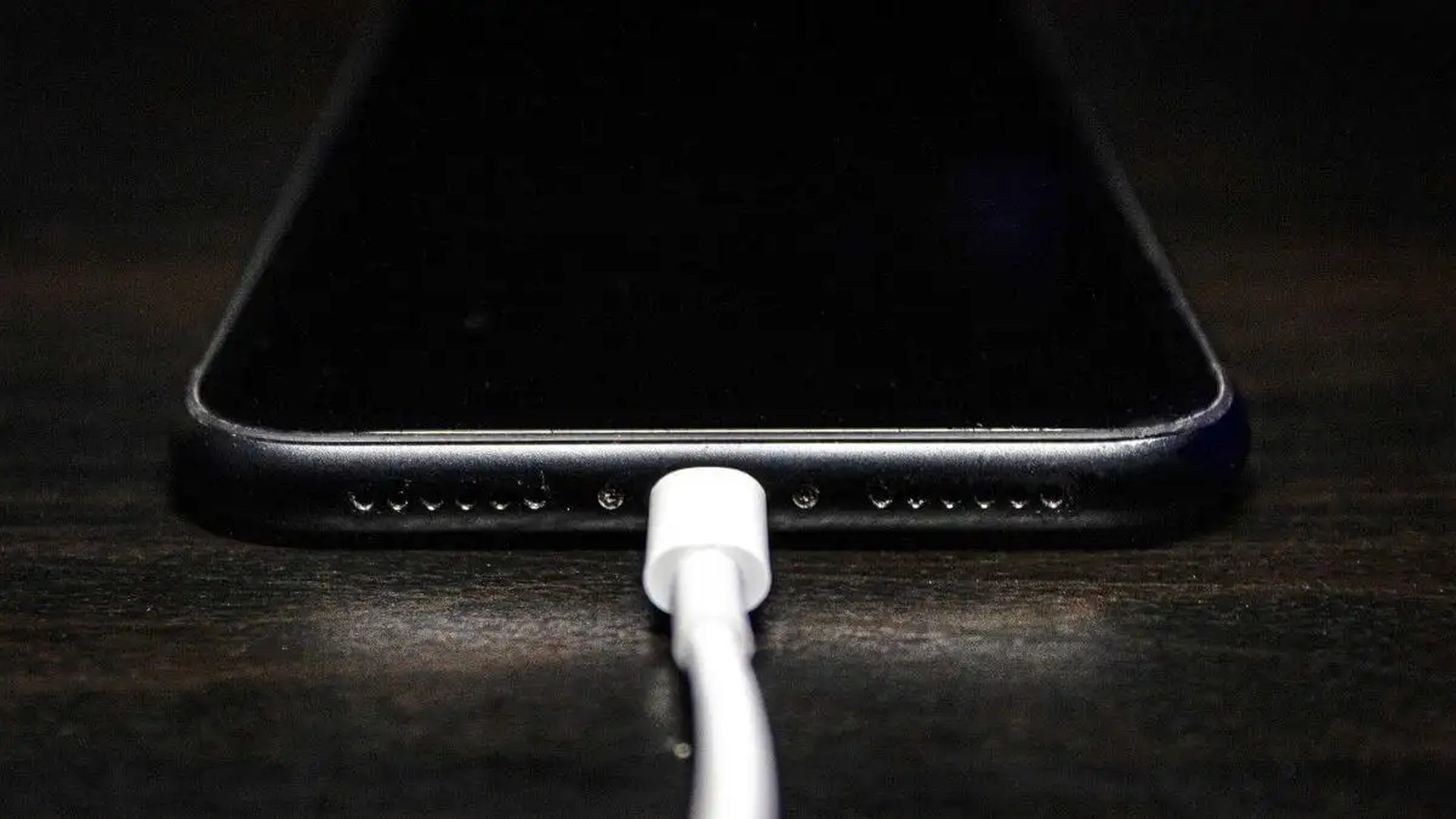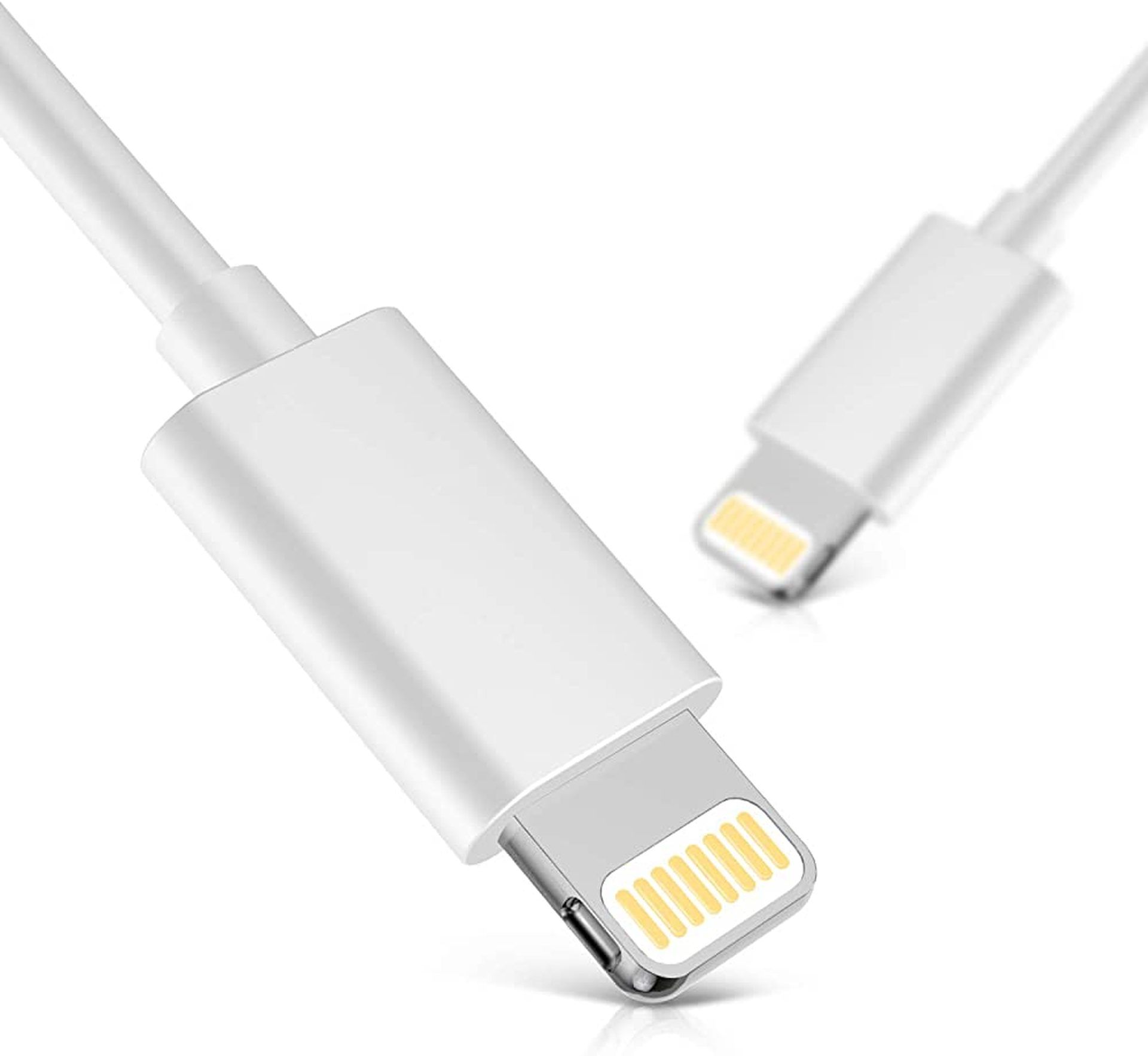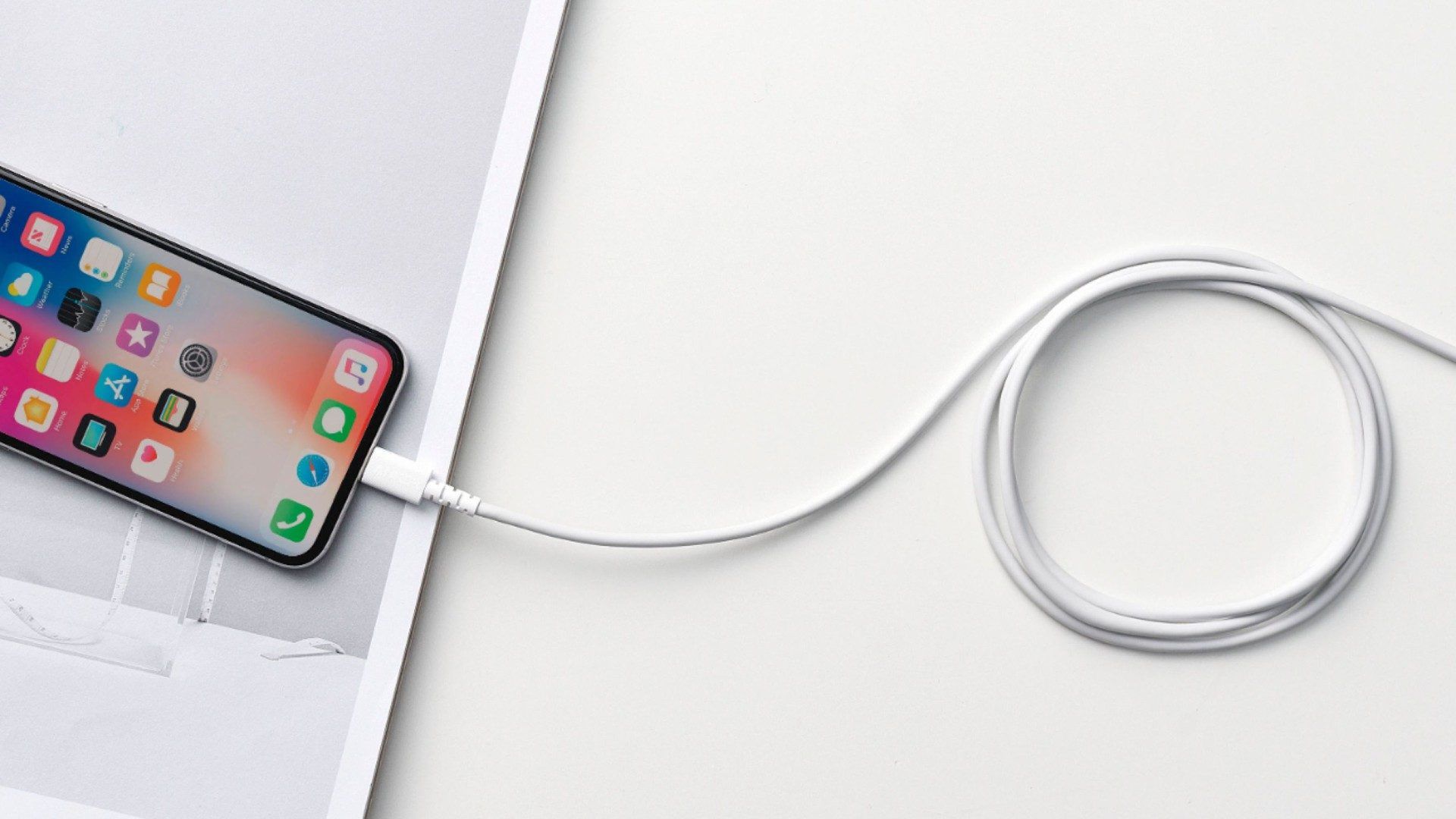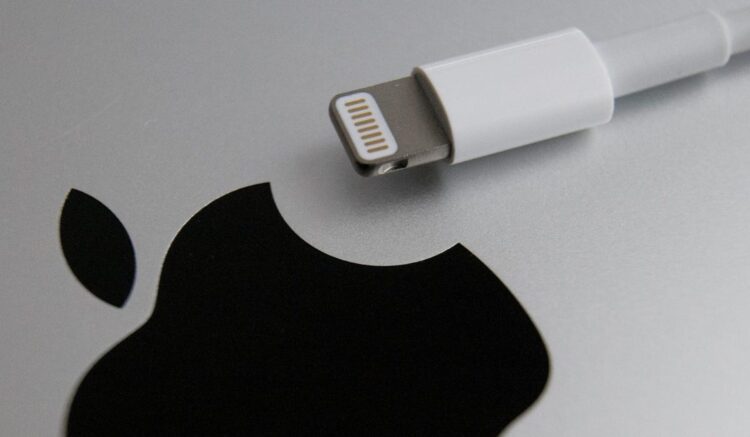With this article, you can learn how to fix an iPhone charger not working issue. If you have ever experienced the frustration of plugging in your iPhone charger and seeing no sign of life on your device, you are not alone. Many iPhone users have reported issues with their chargers not working properly, either intermittently or completely. This can be a serious problem, especially if you rely on your iPhone for work, communication, entertainment, and more.
Fortunately, there are some possible solutions that you can try to fix your iPhone charger not working issue. In this blog post, we will explain some of the common reasons why your iPhone charger may not work, and how to troubleshoot them. We will also share some tips on how to prevent this problem from happening again in the future.
 How to fix the iPhone charger not working issue?
How to fix the iPhone charger not working issue?
You can try these solutions to fix the iPhone charger not working issue:
- Just switched it off and on again
- Make sure your phone is not in charging mode.
- Don’t use wireless charging
- For the iPhone, verify the Lightning port.
- Check the cable.
- Verify the charging port and any available software updates
- Do a factory data restore on your iPhone
- Put in a service request for your iPhone.

Do you know how to use voice isolation on iPhone?
iPhone charger not working: Reasons
There are several factors that can affect the performance of your iPhone charger, such as:
- A faulty wall outlet or power adapter: Sometimes, the problem is not with your iPhone or charger but with the source of electricity. If you are using a wall outlet, make sure it is working properly by testing it with another device or appliance. If you are using a power adapter, make sure it is compatible with your iPhone model and has the correct output voltage and current. You can check this information on the label of the adapter or on Apple’s website.
- A dirty charging port: Over time, dust, lint, debris, or corrosion can accumulate in your iPhone’s charging port, preventing a good connection between your charger and your device. This can cause slow charging, intermittent charging, or no charging at all. To clean your charging port, you can use a soft-bristled toothbrush, a cotton swab dipped in rubbing alcohol, or a compressed air can to gently remove any dirt or residue. Be careful not to damage any of the pins or components inside the port.
- A damaged lightning cable: The lightning cable is part of your charger that connects your iPhone to the power adapter or wall outlet. It is also one of the most vulnerable parts of your charger, as it can get bent, twisted, frayed, or cut due to frequent use or mishandling. A damaged lightning cable can cause poor contact, short circuits, or overheating, which can affect your iPhone’s charging ability. To check if your lightning cable is damaged, look for any signs of wear and tear, such as exposed wires, cracks, splits, or burns. You can also try using a different lightning cable to see if that makes a difference.
- An outdated software: Sometimes, your iPhone’s software may be outdated or corrupted, which can interfere with its charging function. This can happen due to bugs, glitches, viruses, or incompatible apps. To fix this issue, you can update your iPhone’s software to the latest version available by going to Settings > General > Software Update and follow the on-screen instructions. You can also try restoring your iPhone to its factory settings by going to Settings > General > Reset > Erase All Content and Settings and entering your passcode. This will erase all your data and settings from your iPhone and install a fresh copy of iOS. Make sure you back up your data before doing this step.
- Using an incompatible charger: Not all chargers are created equal. Some chargers may not be compatible with your iPhone model or may not meet Apple’s standards for safety and performance. Using an incompatible charger can cause slow charging, overheating, battery damage, or even fire hazards. To avoid this problem, always use an original Apple charger or a certified third-party charger that has been tested and approved by Apple. You can check if a charger is certified by looking for the “Made for iPhone” logo on its packaging or label.
 iPhone charger not working: How to avoid the issues?
iPhone charger not working: How to avoid the issues?
To prevent your iPhone charger from not working in the future, here are some tips that you can follow:
- Avoid exposing your charger to extreme temperatures, humidity, moisture, or direct sunlight.
- Avoid pulling or yanking your charger by the cord. Instead, hold it by the plug when inserting or removing it from your iPhone or power source.
- Avoid coiling or wrapping your charger around objects such as pens or keys. This can cause stress and damage to the cord.
- Avoid placing heavy objects on top of your charger or bending it at sharp angles. This can cause kinks and breaks in the cord.
- Store your charger in a cool, dry place when not in use.
- Clean your charging port regularly to prevent dust and debris from building up.
- Replace your charger if it shows any signs of damage or wear and tear.





